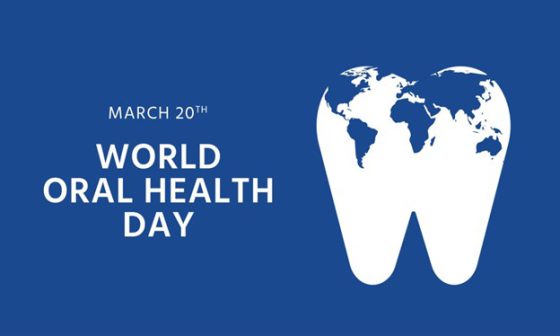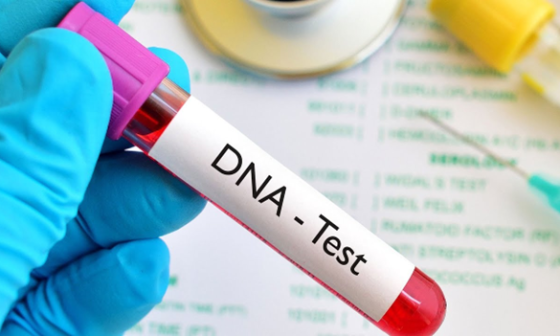What is Diabetes?
Diabetes is a disease that occurs when your blood sugar or glucose level is too high.
The energy we have in the body comes from the food we eat being broken down into glucose. A hormone situated in the pancreas, called insulin, helps transport glucose from the food you eat into your various body cells to be used as the energy needed to carry out body functions.
Hence diabetes is the alteration of this process, Diabetes happens when your body doesn’t make enough or any insulin or doesn’t use insulin well. Glucose then stays in your blood and doesn’t reach your cells causing too much sugar to stay in your bloodstream
Types of Diabetes
There are many misconceptions about diabetes on the internet. The most common is that there are only two types of diabetes which are type 1 and type 2. However, this is incorrect as there are four types of diabetes — Type 1& Type 2, Pre-diabetes, and Gestational Diabetes. Let’s look at each of them briefly.
What is Type 1 Diabetes?
Type one diabetes also known as an autoimmune disorder is when your immune system attacks and destroys the cells in your pancreas that make insulin. A person with Type 1 diabetes, cannot make insulin which is why people with this type of diabetes have to take insulin every day to stay alive. Type 1 diabetes is most common in children and young adults, although it can appear at any age.
Symptoms of Type 1 Diabetes usually includes:
- Urinating frequently
- Increased thirst
- Bed-wetting
- Loss of weight
- Fatigue and weakness
- Blurred vision
Treatment for Type 1 Diabetes
Type 1 diabetics do not produce any insulin and so treatment is by daily ingestion of insulin multiple times a day.
What is Type 2 Diabetes?
Type 2 is the most common type of diabetes and up to 95% of diabetics have been diagnosed with type 2. Although it can happen in people who aren’t overweight, Obesity and an inactive lifestyle are two of the most common causes of type 2 diabetes. Type 2 diabetes happens when the body does not make or use insulin well. This is also known as insulin resistance.
Symptoms of Type 2 Diabetes
In some cases, there might be no symptoms till the disease has progressed to an advanced level but the symptoms for type 2 generally include, thirst, unexplainable fatigue, blurred vision, frequent urination, slow healing of wounds, etc
Treatment for Type 2 Diabetes
Treatments for type 2 Diabetes can include medications, insulin, and lifestyle changes such as losing weight, making healthy food choices, and being more physically active.
Pre-Diabetes
This is the stage preceding developing type 2 diabetes Pre-diabetes is a condition where blood glucose levels are high but not high enough to be diagnosed as type 2. The risks of developing type 2 can be lowered by losing weight, making necessary lifestyle changes, and taking medication.
Gestational Diabetes
Gestational diabetes is a form of diabetes that develops during pregnancy. There are two classes of gestational diabetes, Class A1 and Class A2. Women with class A1 can manage it through diet and exercise. Those who have class A2 need to take insulin or other medications. Gestational diabetes goes away after you give birth. But it can affect your baby’s health, and it raises your risk of getting type 2 diabetes later in life.
Diabetes in children or Juvenile Diabetes
Diabetes can affect anyone both children and adults and the symptoms are the same, although according to Mayo Clinic, children with Diabetes are likely to develop osteoporosis, a condition where bone density is lower than normal. There’s no cure for diabetes in children, depending on the type, the disease can only be managed.
What are the risk factors for developing Diabetes?
When should you be worried about your possibility of developing diabetes? According to information from the Mayo Clinic, risk factors for diabetes can be linked to genetics, environmental and geographical factors.
Let’s look at some risk factors for diabetes here :
- Having a family history (parent or sibling) of any type of diabetes increases the risk
- If you suffer any injury to the pancreas (such as by infection, tumor, surgery, or accident).
- A presence of autoantibodies in your body (antibodies that mistakenly attack your own body’s tissues or organs) may signal an increased risk
- Physical stress and exposure to illnesses caused by viruses.
- Belonging to the African, Hispanic, Native American, Asian-American race or ethnicity
- Being overweight
- Having high blood pressure.
- Being physically inactive
- Being age 45 or above
- Being above 25 increases the risk of Gestational Diabetes
- Having polycystic ovary syndrome.
- Having a history of heart disease or stroke.
- Smoking
What are the complications of having Diabetes?
A consistently high blood glucose level poses serious threats to your body’s tissues and organs causing serious damages and becoming life-threatening over time.
Some of the possible Complications of diabetes include:
- Cardiovascular issues such as chest pain, heart attack, stroke, high blood pressure, atherosclerosis (narrowing of the arteries).
- Nerve damage causing numbing and tingling that starts at toes or fingers then spreads around the body
- Kidney damage which can lead to a total kidney failure or the need for dialysis or transplant.
- Eye damage can lead to blindness; cataracts, glaucoma.
- Foot damage includes nerve damage, poor blood flow, and poor healing of cuts and sores.
- Skin infections.
- Erectile dysfunction, decreased sexual libido,
- Depression
- Dementia
- Dental problems, gum bleeding amongst others
In gestational diabetes, complications include:
- High blood pressure
- Excess protein in the urine
- Leg/feet swelling
- Risk of gestational diabetes during future pregnancies
- Risk of diabetes later in life for the mother and in the newborn
- A higher -than-normal birth weight, low blood sugar (hypoglycemia), higher risk of developing Type 2 diabetes over time.
Acute complications include
- Diabetic ketoacidosis ( a situation where the body produces excess blood acids)
- Hyperglycemic nonketotic coma
- Hypoglycemia (low blood sugar levels)
What other health problems can people with diabetes develop?
Over time, high blood glucose leads to problems such as heart disease, stroke, kidney disease, eye problems, dental disease, nerve damage, foot problems.
Genetics and Diabetes
Diabetes is also linked to genetics so having a parent or sibling with type 2 diabetes means you’re more likely to develop it yourself. If you have a parent or sibling affected and you’re overweight or obese, consider having regular blood sugar testing done. Your risks increase as you approach your mid-40s. An additional preventive measure would be frequent exercise and staying active
How to reduce your risks of having diabetes
- Losing weight
- Being physically active
- Eating healthy
- Quit smoking and drinking too much alcohol
- Always know your numbers
Checking your blood sugar level gives you the awareness you need to always be in control of your health and body. Having the test done ranges from 500 to 1000 naira in a medical laboratory and some pharmacies. You can also use your Wellahealth plan to get this done for free. If you not not have one yet, click here to get started.






